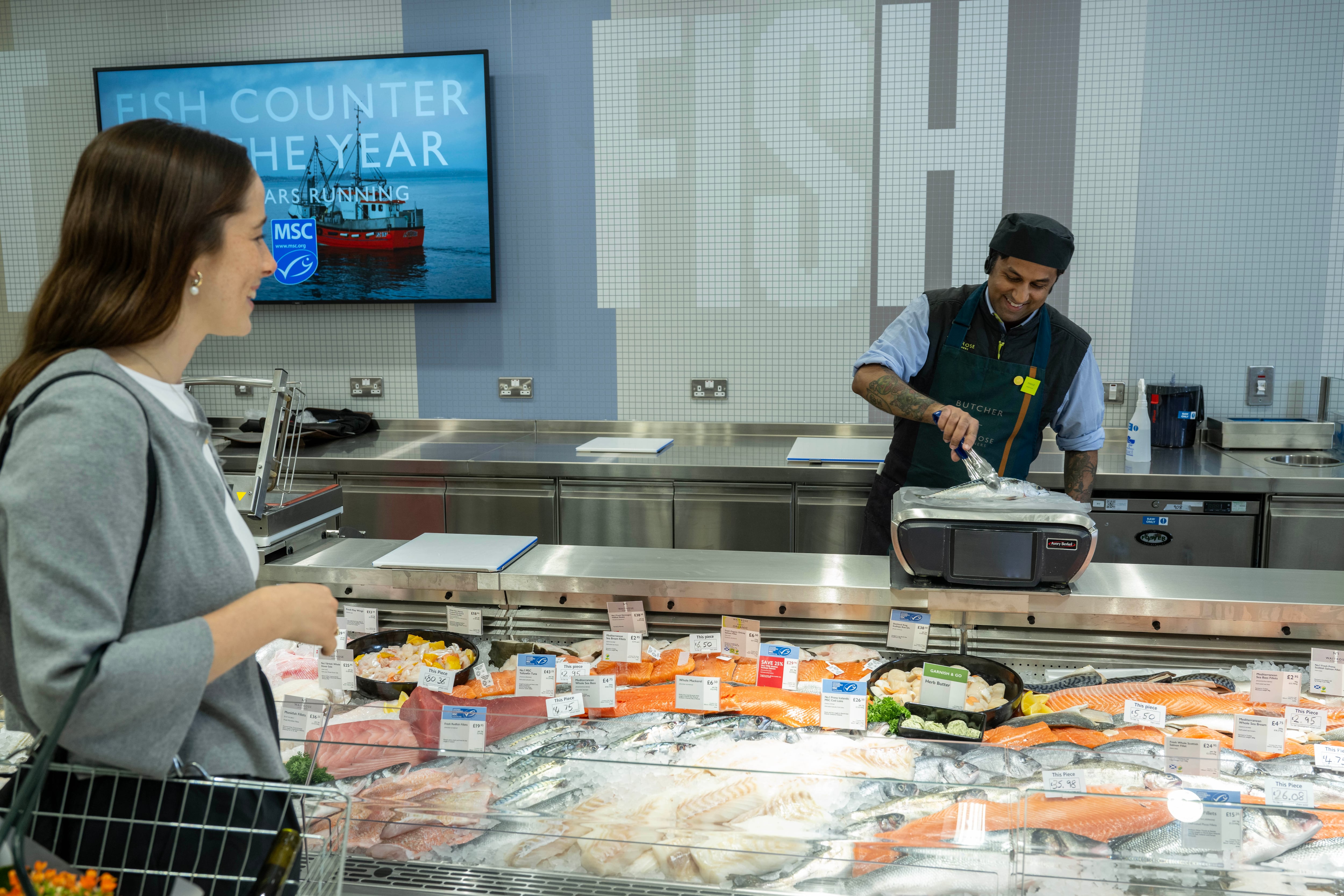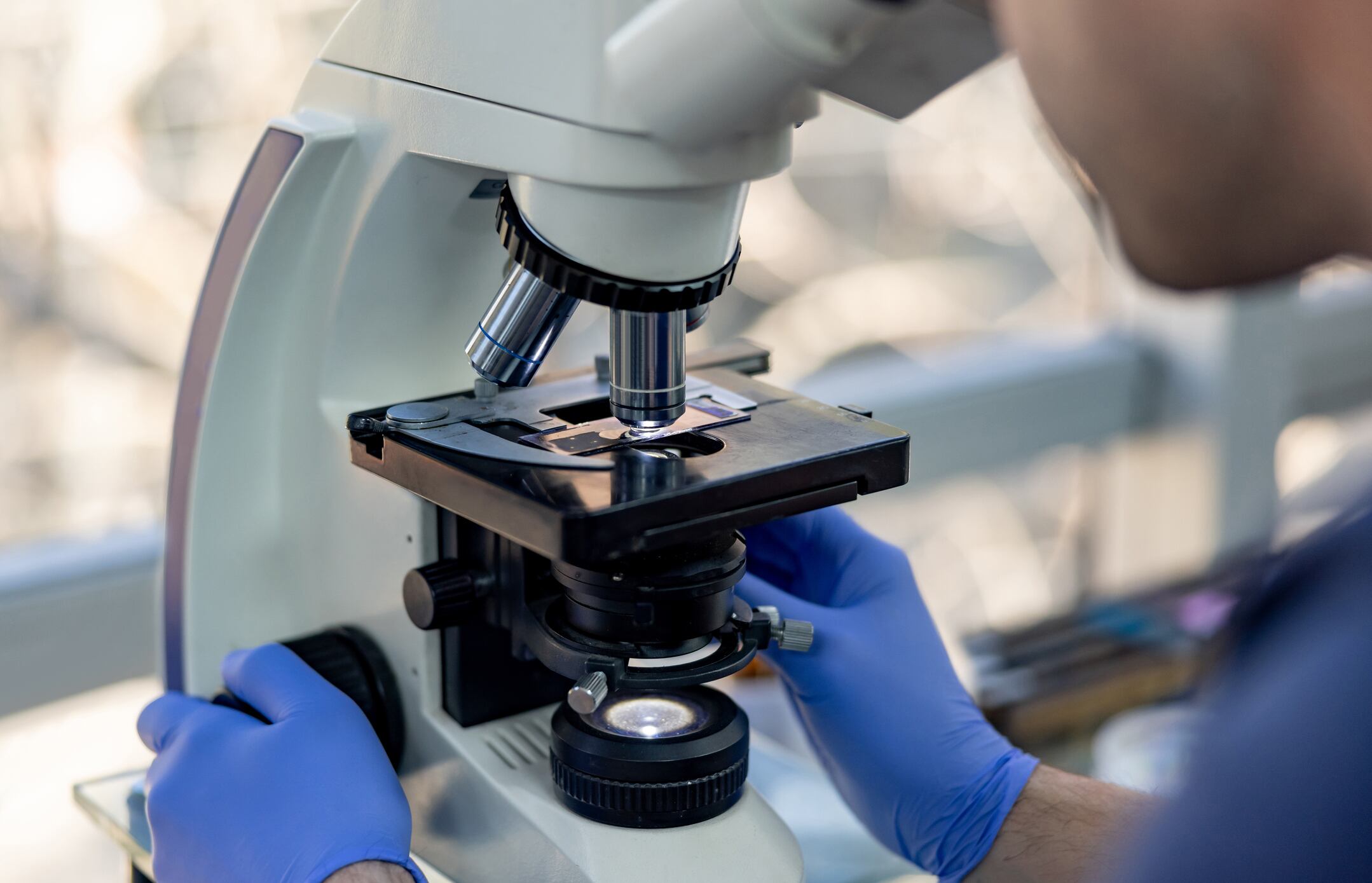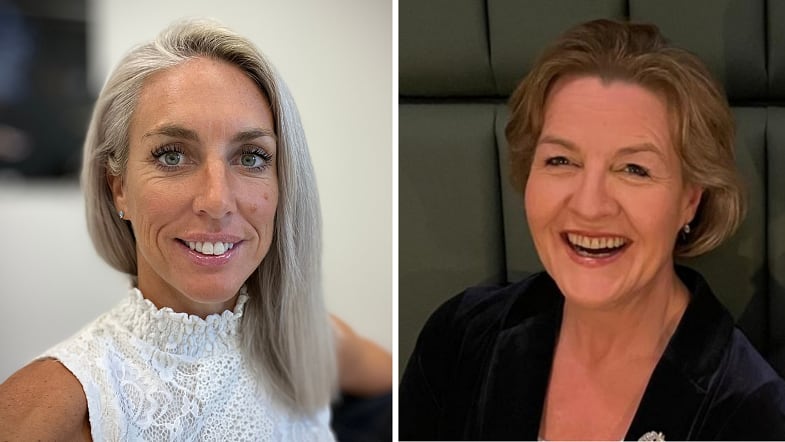SCEPT, which was launched in May 2024, was created by Seafish, the non-departmental public body that supports the seafood sector, with extensive industry input.
The online platform allows seafood businesses to generate carbon footprints for both wild-capture and aquaculture products by inputting supply chain data such as fuel use, processing, packaging and transport.
The tool’s software analyses the data and provides results which seafood businesses can use to identify hotspots where emissions are highest in their supply chains. It also allows them to benchmark their performance against industry averages; track progress towards their reduction targets and report carbon data with greater accuracy and transparency.
Ben Lambden, partner and manager, fisheries and aquaculture at Waitrose said: “At Waitrose, we’re committed to sourcing seafood responsibly and reducing the environmental impact of our supply chains.
“By adopting the SCEPT we will work with our seafood supply chain to receive the data we need to identify carbon hotspots and work with those suppliers to make meaningful reductions.”
Waitrose’s parent company, The John Lewis Partnership, has made an organisational commitment to work towards net-zero across its operations by 2035 and across its entire supply chain by 2050.
Fellow retailer Tesco has already implemented the tool to its seafood supply chain.
Dr Stuart McLanaghan, head of responsible sourcing at Seafish, who led the SCEPT’s development, said: “Waitrose’s commitment will further strengthen the UK seafood sector’s support to integrate the tool and we’re also currently working with other leading UK retailers to advise how they too can implement the tool.
“We remain committed to keeping the tool at the cutting edge of science, evolving with industry needs and aspirations.”
To date, 125 seafood businesses, and by chilled and frozen volume two-thirds of the UK seafood processing sector, have signed up to use it.



